8 Estuary Species that Need Your Help
Published by Ocean Conservancy
By now you’ve probably heard about ocean acidification’s effects on oysters, clams and corals. But you might not know that acidification could affect entire food aquatic webs. In estuaries, where oceans and rivers meet, animals in the water, on land and in the air depend on each other in complicated ways. As much as people enjoy harvesting oysters, clams and more in the coastal zone, so do other marine creatures. And, if a problem like ocean acidification decreases these prey species, predators will need to eat something else. Ocean acidification can even disrupt some fishes’ sense of smell, affecting their ability to find their way home. Here are 8 of my favorite estuary species whose diets or lifestyles might need to change as ocean acidification grows:
Sea Otters
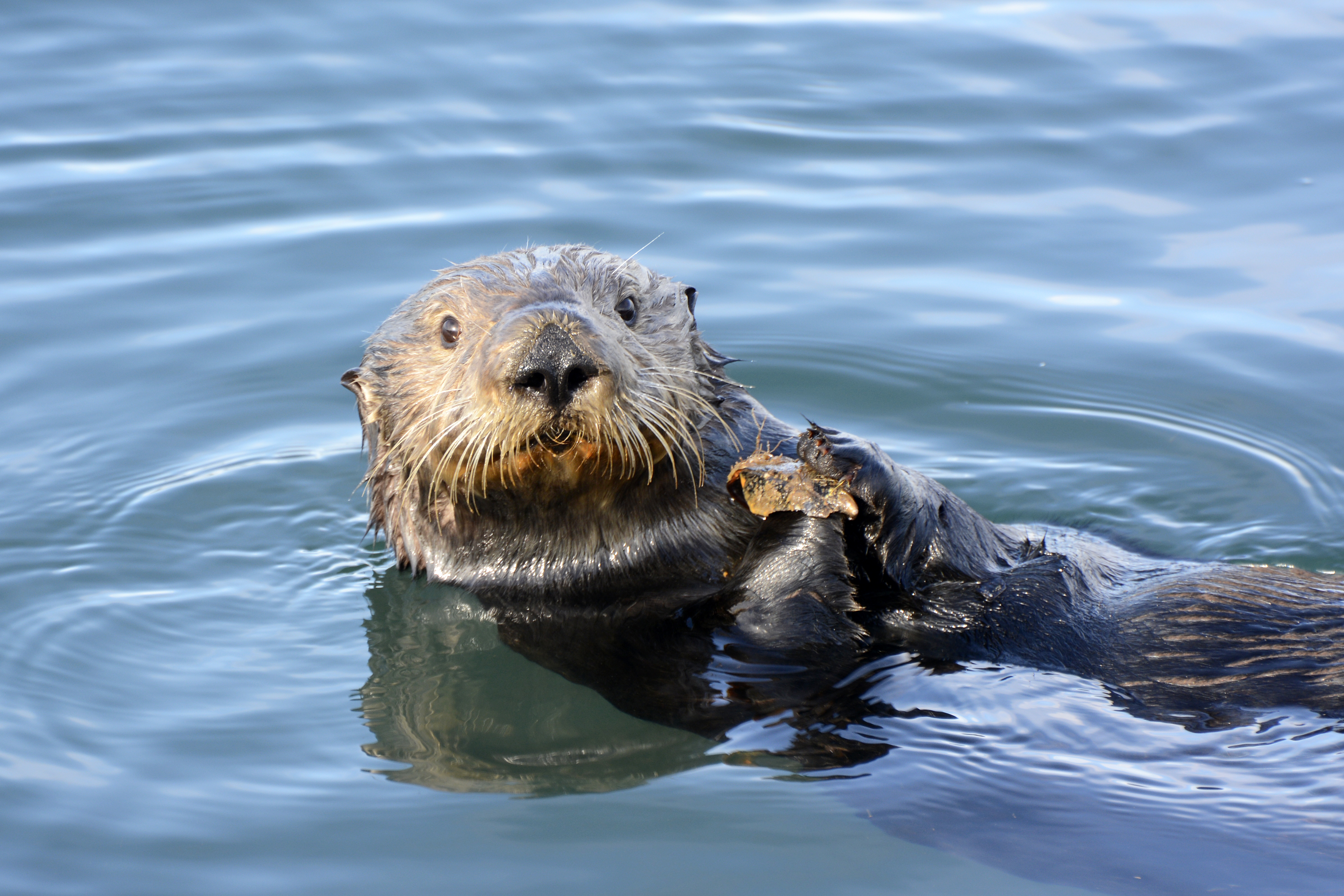

These playful swimmers are considered apex predators in their estuary habitat and have proved to play a vital role in maintaining a healthy ecosystem. Sea otters eat a variety of mollusks and crustaceans like clams, mussels, snails and sea urchins, but there’s a special place in their stomach for crabs. Because sea otters are such good predators of crabs, sea slugs typically eaten by the crustaceans, have the chance to do their job in removing excess algae from seagrass, circling back to provide healthy hunting grounds for sea otters.
Blue Heron
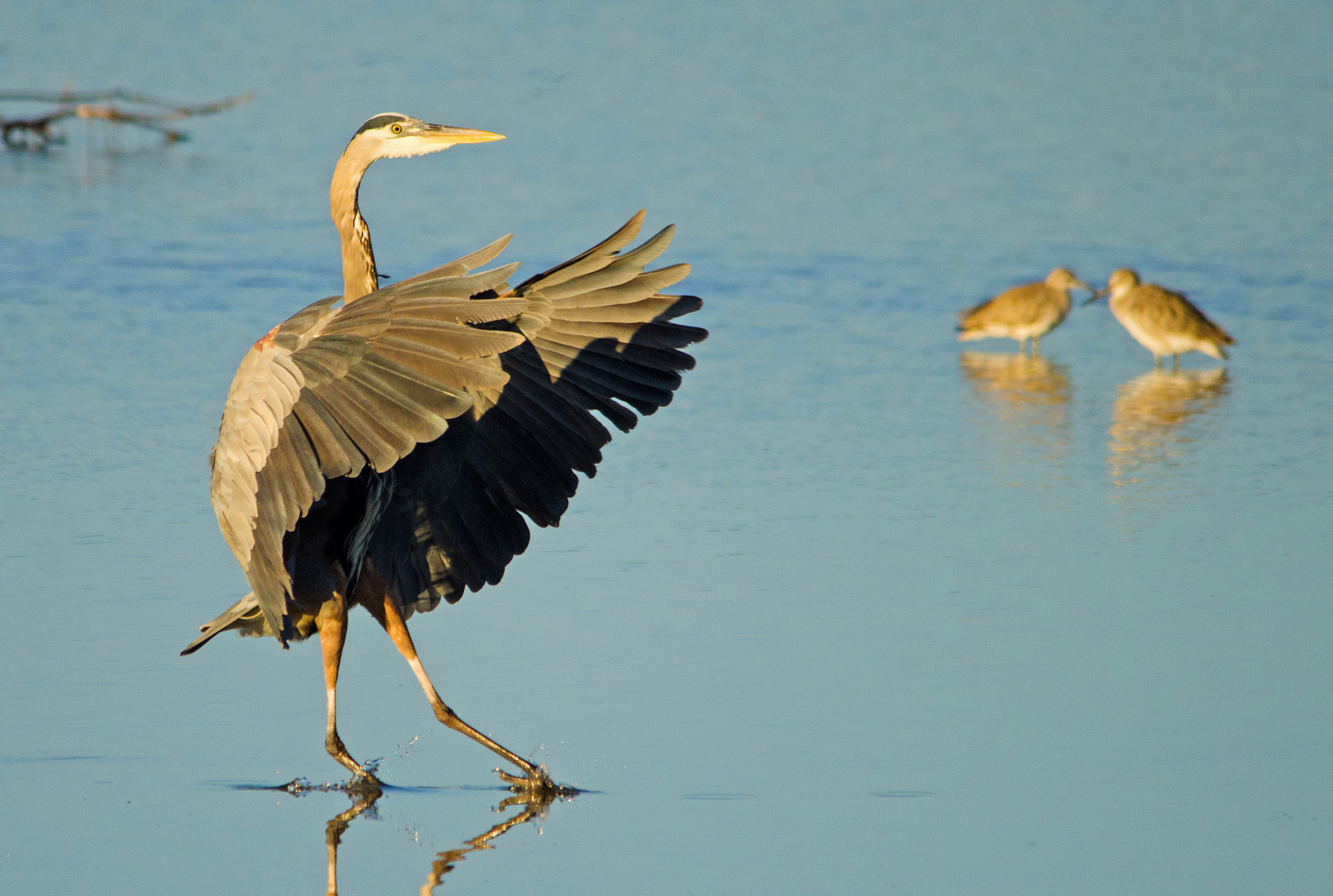

Blue Heron rely on estuaries for hunting, breeding, and most importantly, nesting. These big birds gather together to nest in colonies and stick nearby to hunt for many creatures, including crabs, among the eelgrass beds. In a study published by the Washington Department of Fish and Wildlife, populations are in great decline in British Columbia due in part to habitat loss.
Blue Crab
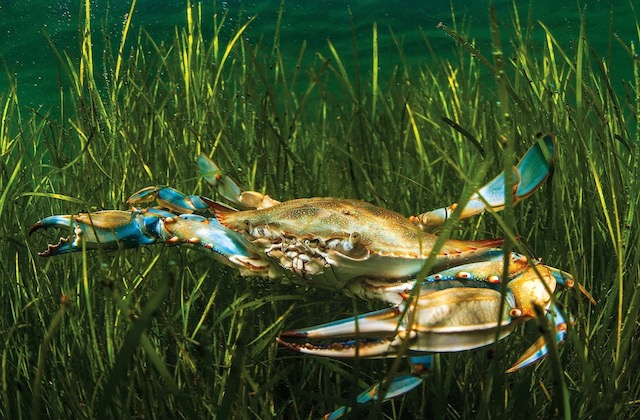

You can find blue crabs in estuaries all along the United States Atlantic and Gulf coasts. They are feisty, mobile predators that are able to handle different amounts of salinity depending on their stage in life, perfect for the brackish, estuary waters. During the last decade, there’s been a decrease in population, with blue crabs reaching some of their lowest numbers in the Chesapeake Bay due to overexploitation and habitat degradation. Lab studies have shown that larval blue crabs don’t grow as fast or survive as well under acidification, which also alters their foraging behavior. Blue crabs are so important to the estuary ecosystem and are considered a keystone species in the Chesapeake.
Shrimp
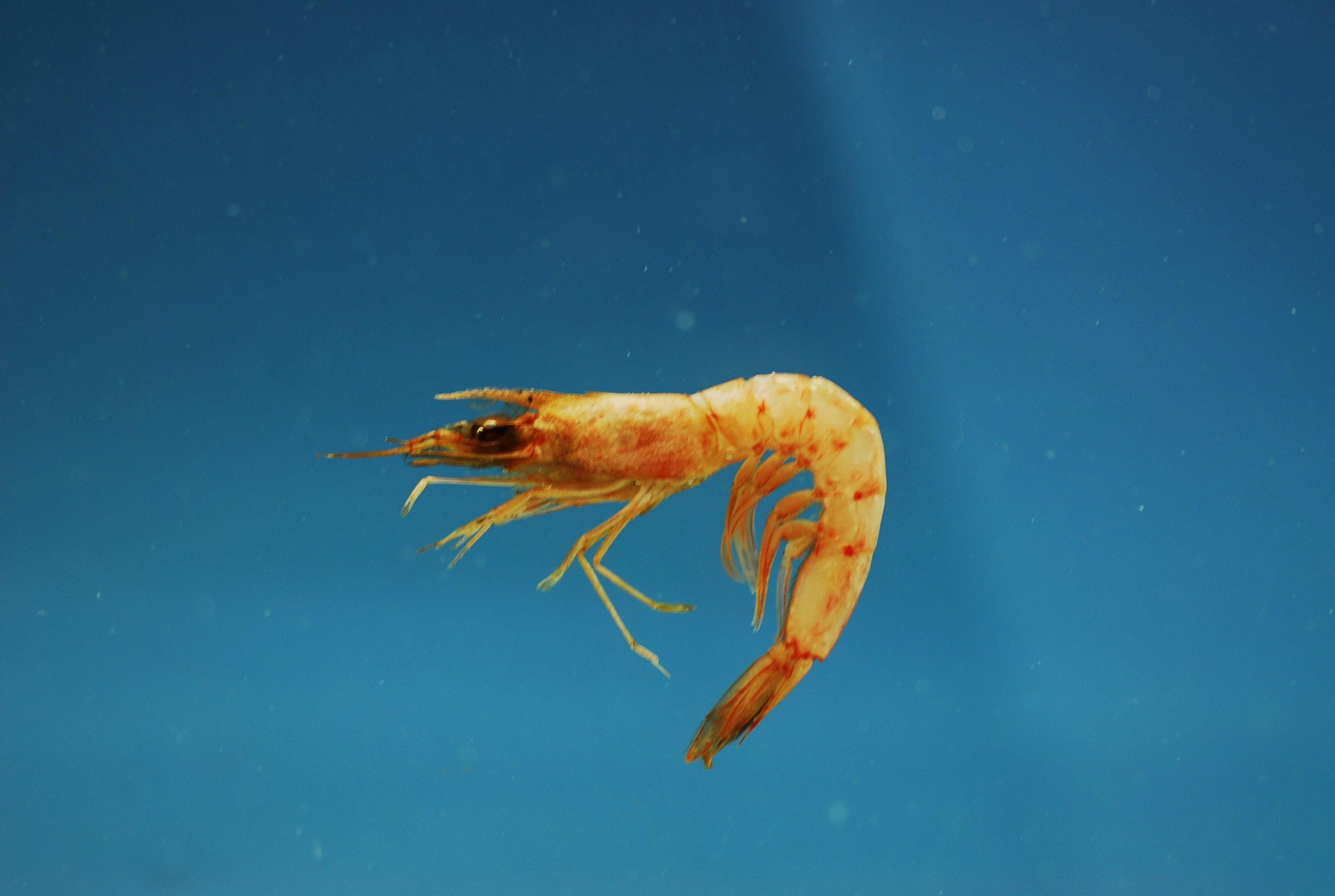

Shrimp—a staple in many sea creatures’ diets—rely on estuaries to raise their young. The mud, seagrass and gentle waters provide a safe environment, rich with nutrients, to allow them to reach adulthood and enter the ocean. Lab studies have shown varying effects of ocean acidification on many shrimp species, but one of the most surprising effects reported is that pink shrimp (from the North Sea, near Europe) have less flavor and a less appealing texture when grown under ocean acidification. We don’t know yet if that will happen to other shrimp species living in estuaries, however, continued wetland and habitat loss will cause an overall decline in shrimp production and population.
Salmon
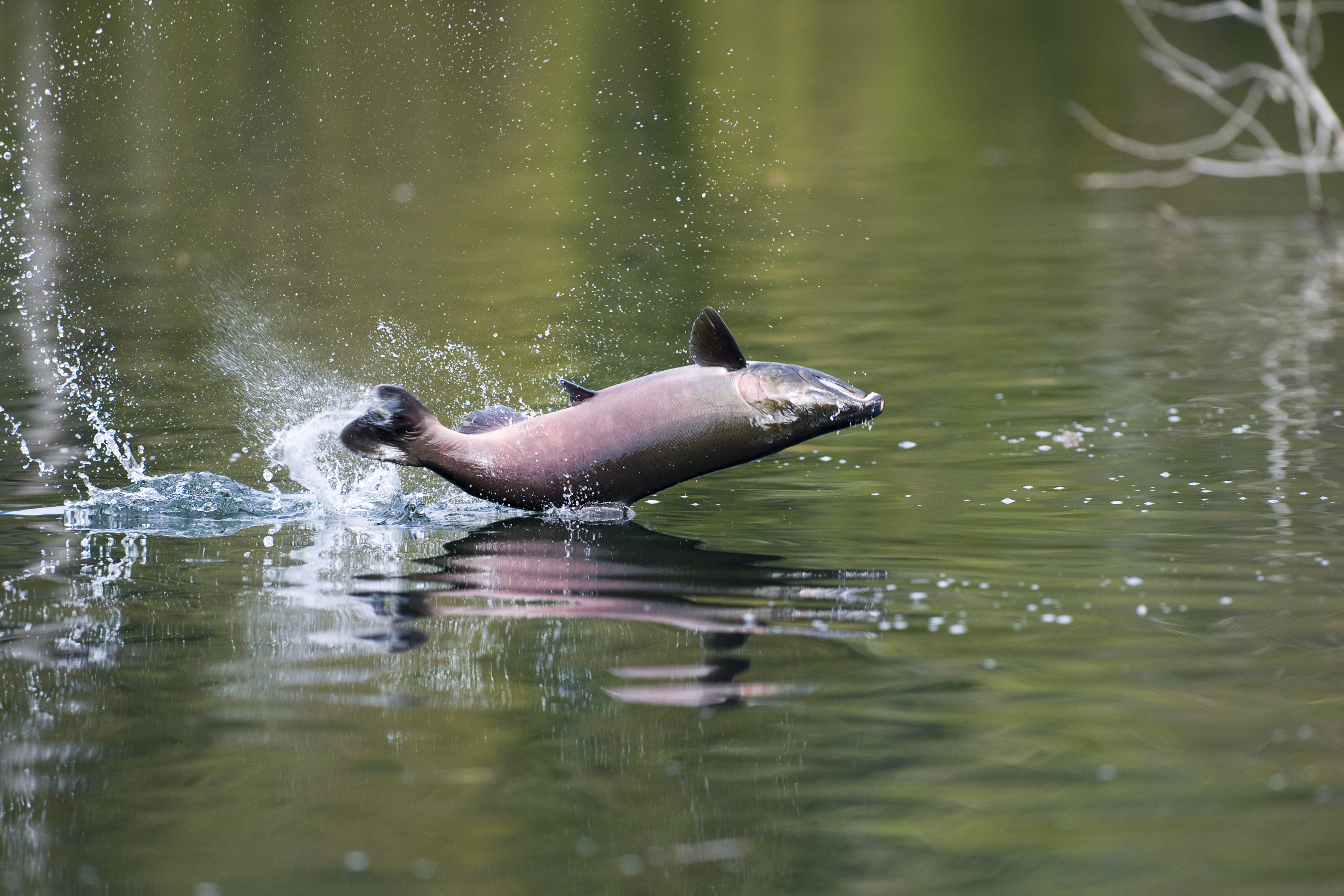

Salmon have a long history of adapting to their environment. Much like shrimp, estuaries create shelter and provide excellent foraging and rearing habitats for juveniles. The salt and freshwater have created opportunities for salmon to increase their range in rearing and migration behaviors, producing a healthy salmon population. But, ocean acidification alters the ability of coho salmon to smell their way home upstream to breed. It’s still not certain how that will play out for wild populations.
Starry flounder
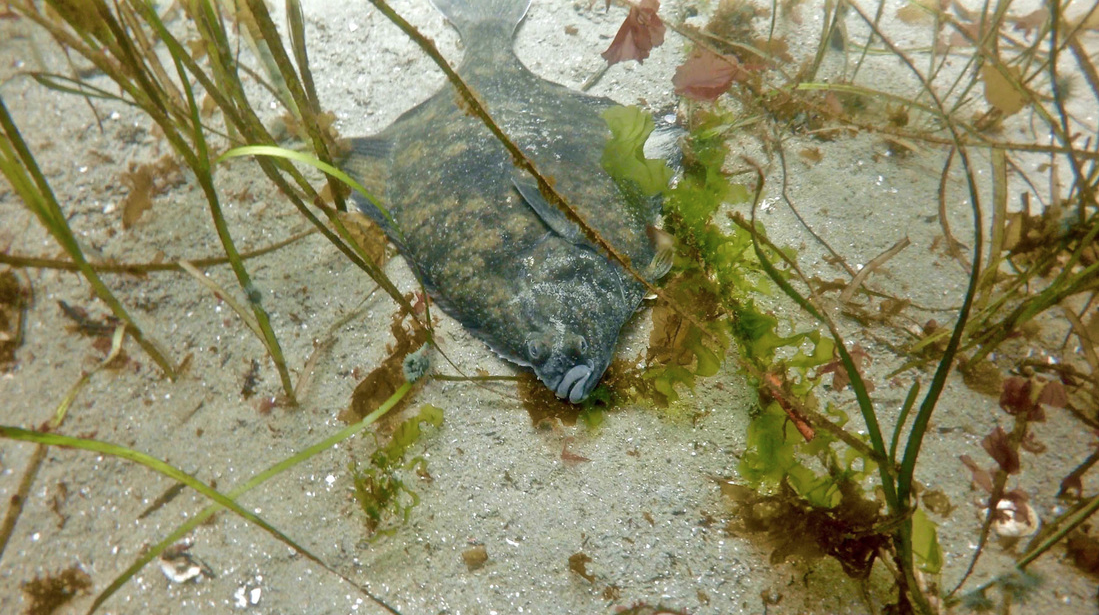

With a remarkable tolerance for waters with low salinity levels, the starry flounder shines brightly in an estuary ecosystem. Although their range stretches far, young are generally reared in estuaries along Japan and California’s coast where they are able to feast on crabs, clams, sand dollars, and smaller fish. If crabs and clams suffer from ocean acidification, starry flounder might have fewer options to choose from.
Turtles
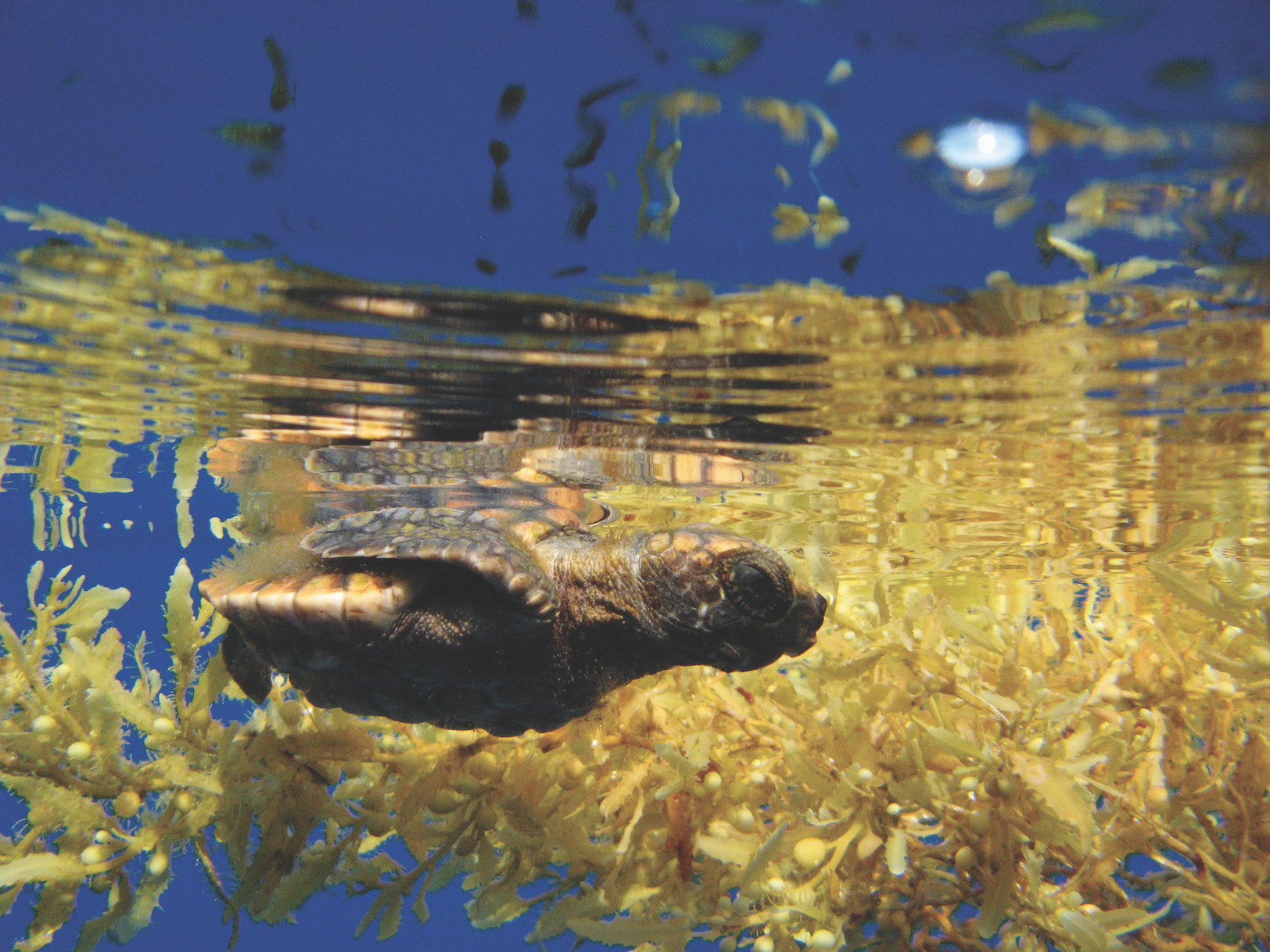

Facing decreasing populations, turtles depend on estuaries for protection. Loggerheads, greens, and leatherbacks nest along the coastline and move to estuaries and protected bays as adults. Juveniles face numerous risks to reach adulthood, first avoiding pollution, predators, and coastal development to get to the ocean, then struggling with netting, bycatch, and more pollution. For those that are able to make the journey to an estuary, bellies full of jellyfish, crabs, and seagrass await them. Changes in the estuary ecosystem balance of crabs, seagrass, and fish could put more pressure on turtles’ way of life.
Crocodiles and Alligators
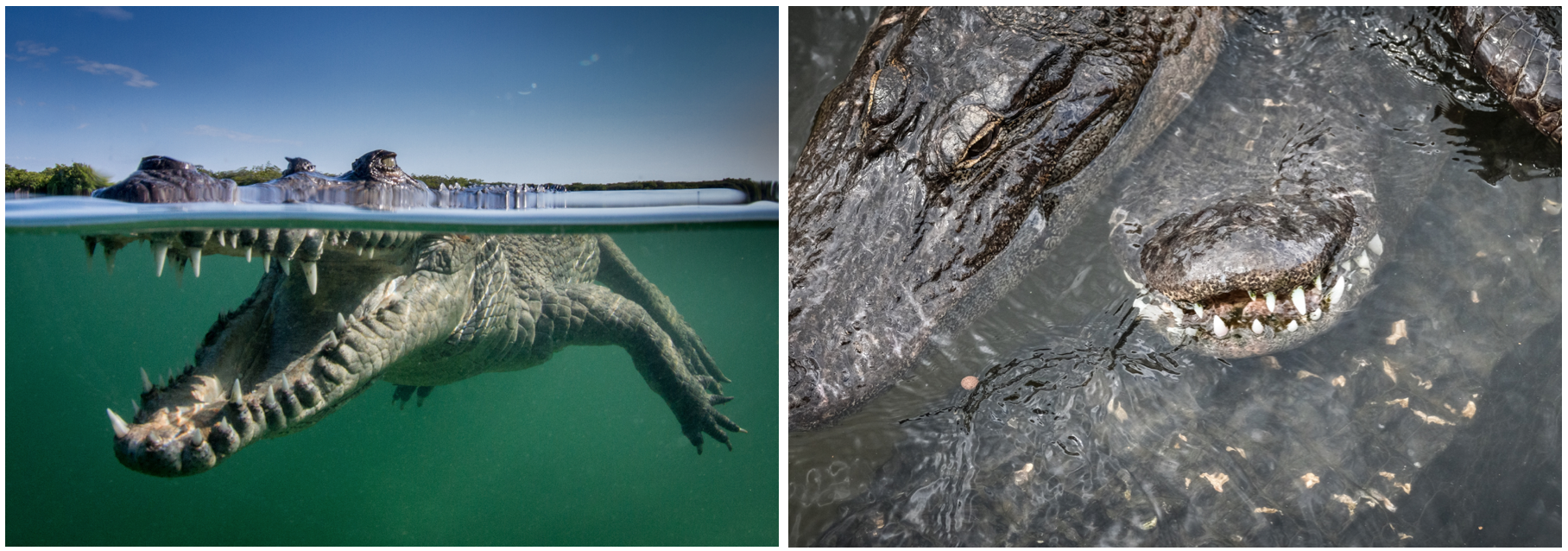

Increasing numbers of alligators and crocodiles find homes in estuaries. It serves as the perfect nursery for many fish an invertebrate and these opportunistic feeders are no exception. But alligators and crocodiles are not just cold-blooded hunters, the National Science Foundation found that they also provide benefits to the ecosystem in return, bringing nutrients from their commute to saltier waters and creating a nutrient “hotspot.” Increasing drainage and reduce in vegetation, however, has an adverse effect on their population numbers. Although alligators and crocodiles are excellent at eating what’s available, their habitat options could decrease if acidification, development, oxygen loss, and sea level rise act together to reshape coastal waters, wetlands, and estuaries.
Although the last ten years has seen growing Federal investment in ocean acidification research, there’s still a lot left to learn about how animals like the ones above will be affected by future changes. Fortunately, a bipartisan group of Members of Congress introduced the National Estuaries and Acidification Research (NEAR) Act of 2018, which asks the National Academies of Science to examine what we know about coastal and estuarine acidification, and how it interacts with other stressors in estuaries. You can let your representative know they should support this bill too!
Sign up for our emails!
The post 8 Estuary Species that Need Your Help appeared first on Ocean Conservancy.
Read the full article at: https://oceanconservancy.org/blog/2018/09/19/8-estuary-species-need-help/


